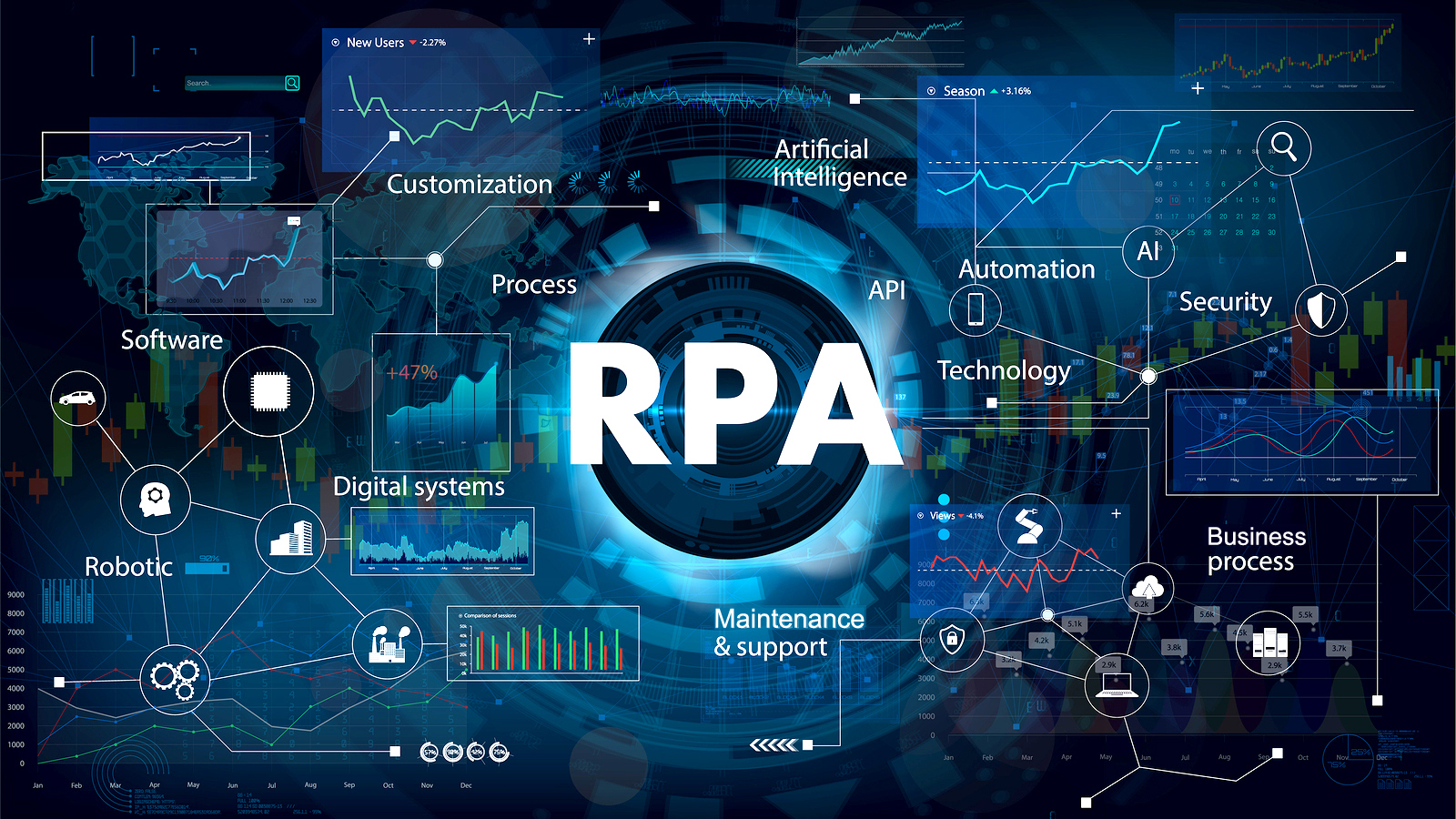RPA or Robotic Process Automation aims at automating business processes utilizing structured inputs and business logic. With RPA tools, software or “robots” can be configured for processing transactions, manipulating data and communicating with other systems. You can think of these robots as virtual assistants who sit alongside your human employees, so you need not augment your existing IT much for RPA deployment. RPA can be educated to perform a certain low-cognitive level, repetitive and mundane tasks such as filing forms and replying to customer queries.
RPA is your engine of growth
These attended robots work on a defined schedule or triggers and are commonly associated with back office activities. These bots help reduce human errors, do not require any deep system integration and are low-cost compared to a human full time employee (FTE). With efficient business operations, you can propel your business growth in a cost effective manner.
Robot Manager
The bots require a Robot Manager to supervise them, which is also known as Orchestrator. The Robot Manager assigns task to the next available robot, logs and schedules the activities of robots and handles exceptions.
Robot Trainer
Then we have the Robot Trainer, also sometimes referred to as Process Designer or Bot Creator. As the robot doesn’t know anything about your business process, Robot Trainer trains your bots about the business processes before they could be productive. Most RPA software are low-code and hence are easier to train.
A robotic process automation company can supercharge an organization’s automation efforts by injecting RPA with cognitive technologies such a natural language processing (NPL) and machine learning (ML). Such an RPA is termed s intelligent RPA.
Intelligent automaton
Intelligent automation or IA has the great potential to automate innovative tasks that involve intuition, problem solving and judgment, such as handwriting and image recognition. Many insurance carriers, wealth management firms and banks use IA to answer the queries of customers, determine meaningful metrics and improve their regulatory compliance.
Two common types of RPA are available:
Programmable bots:
These require programmed instructions for step-by-step execution of tasks. Traditional automation systems fall in this category.
Intelligent bots:
These bots are enabled with artificial intelligence (AI) and can analyze data to learn what a human employee does to perform a task. After analyzing a large amount of data, the intelligent bots become capable of self-learning and can perform tasks involving unstructured data with differentiating parameters.
Unlike the traditional automaton, RPA has intelligence to decide if a process should occur. It can make a decision based on the logic parameters set out in its development.
Use cases of RPA bots
RPA bots can be successfully used to accomplish a range of tasks including the below ones:
- Augmenting data by scrapping it from the web
- Applying static business rules
- Merging data from multiple sources
- Extracting and reformatting data into dashboards
- Connecting to system APIs
- Running “if/then” commands
- Read information from structured documents
- Opening emails and attachments
- Filling out forms
- Moving files and folders, and copy-pasting of data
RPA architecture
How a tool is structured has a big implication on where it can be used. An ideal architecture can provide the capability to efficiently create complex designs. RPA architecture consists of several blocks such as:
- Applications under robotic process execution
- RPA tools
- RPA platform
- Execution infrastructure, and
- Configuration management
RPA platform
RPA in the cloud serves as a shared repository for storing the software robots that can further be shared across software robots library. As it has all the information available about RPA assets and execution, the platform provides one the ability to develop meaningful analytics about the execution statistics of your software robots. The platform has the ability to develop meaningful insights on the bots and their execution process.
Configuration management
It is needed for the versioning of RPA assets as the underlying applications may get upgrade to support newer versions, so your RPA assets and software robots also need to be upgraded. Also as the assets are sharable and reusable across various software robots, configuration management and source code management capabilities are needed for the merging of RPA assets as they are reusable across the libraries.
The future of RPA
In the near future, the focus will be on simplifying the design and maintenance of RPA. Simplified programming will help expand the usage of low-code and no-code RPA. Cognitive capabilities will help the RPA expand the scope of processes it can automate with ML and AI capabilities. All computer-aided processes being governed with a set of protocols will be managed by RPA. Capabilities of RPA will gain wider adoption with enterprises moving from pilots to proof of concepts. Smart process automaton or SPA will be used to automate unstructured data that existing RPA is incapable of managing itself. With further maturing of RPA, big data, ML, cloud and AI will be converged to create models, improve processes and further refine models.
Future-proof your business from the impact of automaton, get RPA integration done into your business processes.


 Jeet
Jeet


